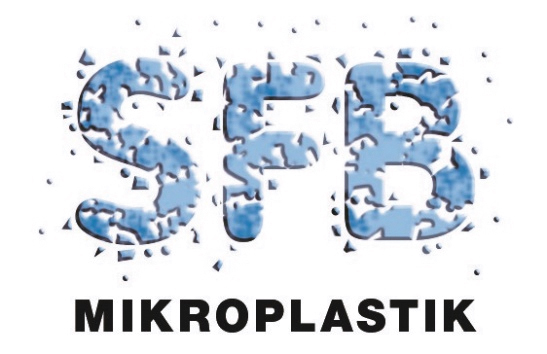News
Neue SFB 1357 Publikation: Elagami (2023) - Quantifying microplastic residence times in lakes using mesocosm experiments and transport modelling
15.01.2023
Herzlichen Glückwunsch an das B02 & B03 Team: Hassan Elagami; Sven Frei; Jan-Pascal Boos; Gabriele Trommer; Benjamin S. Gilfedder, Kolleginnen und Kollegen vom WWA Ansbach zu ihrer spannenden neuen Publikation in der Zeitschrift Water Research:
"Quantifying microplastic residence times in lakes using mesocosm experiments and transport modelling"
DOI: https://doi.org/10.1016/j.watres.2022.119463
Abstract: The microplastic residence time in lakes is a key factor controlling its uptake by lake organisms. In this work we have, for the first time, conducted a series of microplastic addition experiments in a 12 × 3 m lake mesocosm and traced its transport through the lake water column. This was combined with a 1D physically based random walk model of microplastic transport. Four experiments were conducted using three microplastic size ranges (1–5, 28–48, and 53–63 µm) over one year during thermal stratification and lake turnover. The results showed that the residence time in the water column largely depended on particle size and lake hydrodynamics, although the smallest particles were poorly represented by the model. Residence times in the mesocosm ranged between ∼1 day for the largest particles to 24 days for the small particles during summer. The modeled residence time were similar to the measured values of the 28–48 µm and 53–63 µm particles, but for the smallest particles residence times were calculated to be >200 d. The discrepancy is likely due to aggregation between the small microplastic particles and natural lake particles, which increases the microplastic settling velocity. Aggregation is favored for the small particles due their large surface area to volume ratio. In contrast, density instabilities in the water column during autumn likely led to turbulent convective mixing and rapid microplastic transport within the water column. This work shows that microplastic transport within lakes is complex and not fully understood, especially for the smallest sizes, and involves interactions between physical, physicochemical and biological processes.

